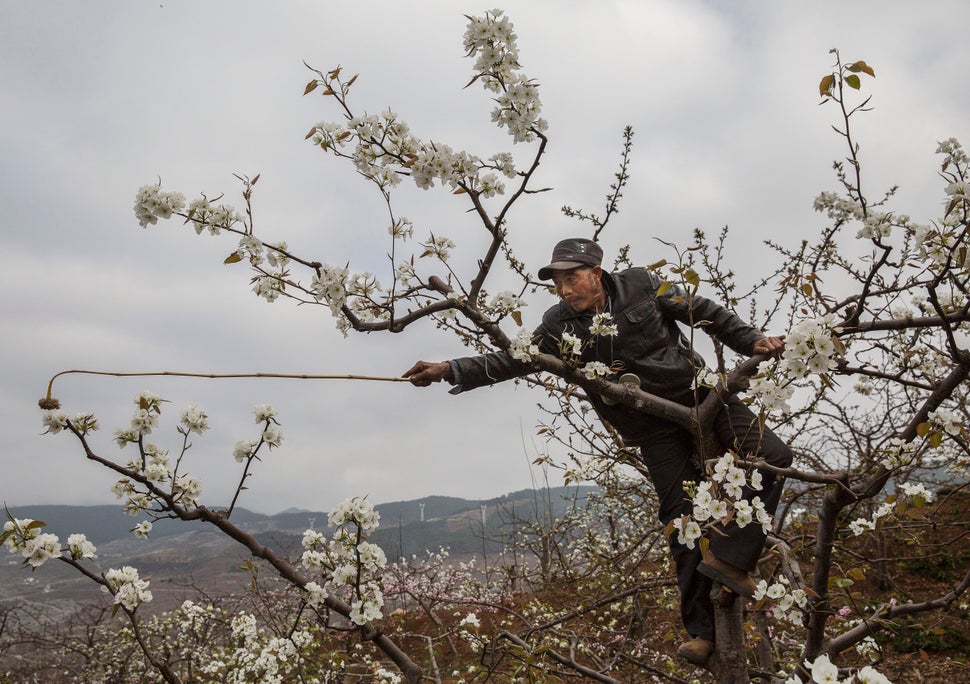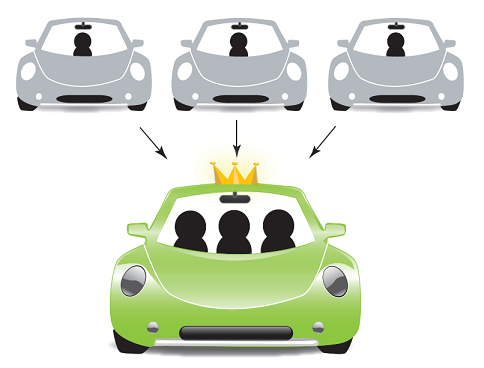The O Garden:
I found is this amazing video on Facebook! This is a device that allows you to grow your own veggies in home year round! It’s called the O Garden. It is designed for people who live in the city or a place where the yard space is limited. Really anyone can have this garden in their home. I know what your thinking. When you first think of a garden in your home, you think it is going to take up a lot of space. The O Garden actually only takes up the space that a small desk would take up. Not to mention that it only uses one lamp and produces about 100 plants.

Greentumble said, “The O Garden uses space and gravity differently. The plants rotate around a central light source that gives optimal lighting to each one. As they slowly turn in the wheel, they are exposed on the side, with the leaves hanging down, and then they make their way back to the bottom. These changes in position make them stronger and they develop leaves that are more dense and vigorous.” 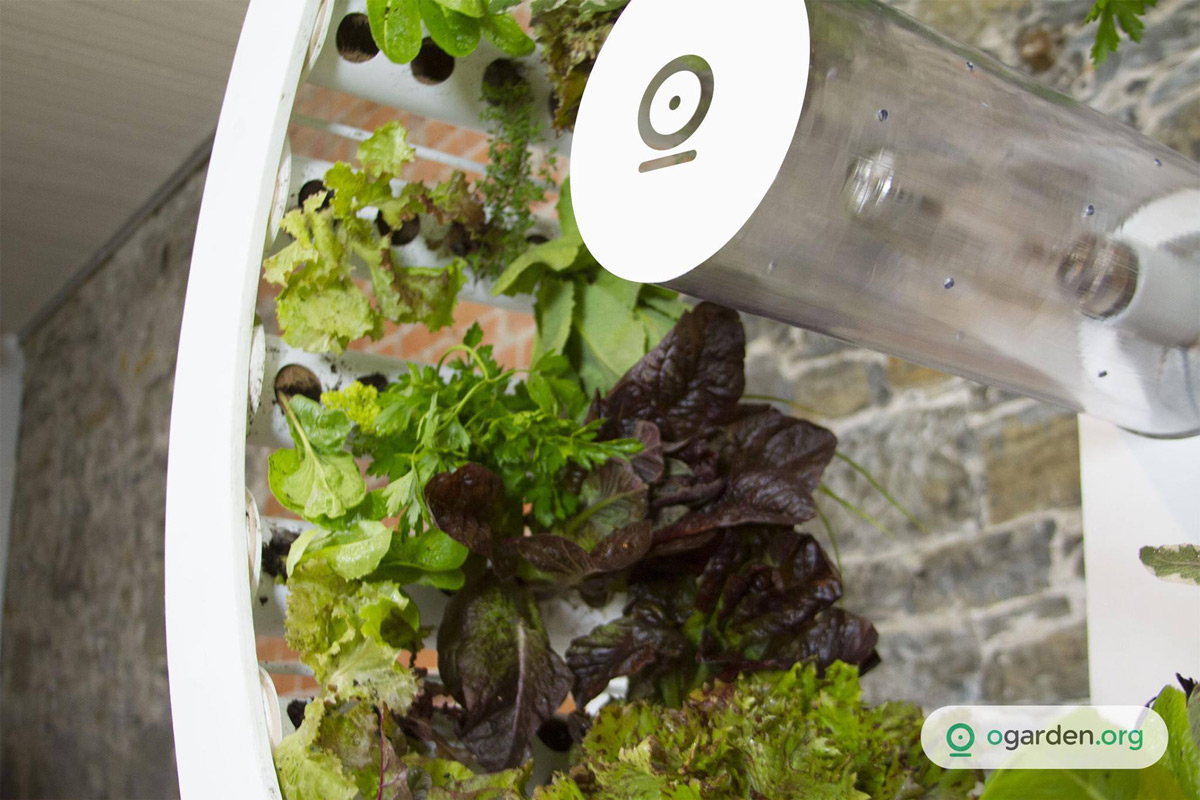

The downward motion allows the plants to receive a small quantity of a certified organic liquid that allows them to grow strong. Not only that but there is no use for pesticides, preservatives, or exposed to air pollution. AND the process only takes about 30 days! 30 days of waiting for delicious food right from your own home- I think it is worth it!
What can you grow: Lettuces, all kind of cabbages, Swiss chard, kale, endive, parsley, leeks, fennel, celery, basil, and other fine herbs, etc.
“The O Garden is the all-in-one solution to growing healthy and organic foods affordably. For a fraction of the cost of buying leafy vegetables, it will now be possible to harvest your own salads and herbs, grown with organic substances, on a certified organic device, directly at home, year round, and for only 20 cents per vegetable,” Green tumble said.
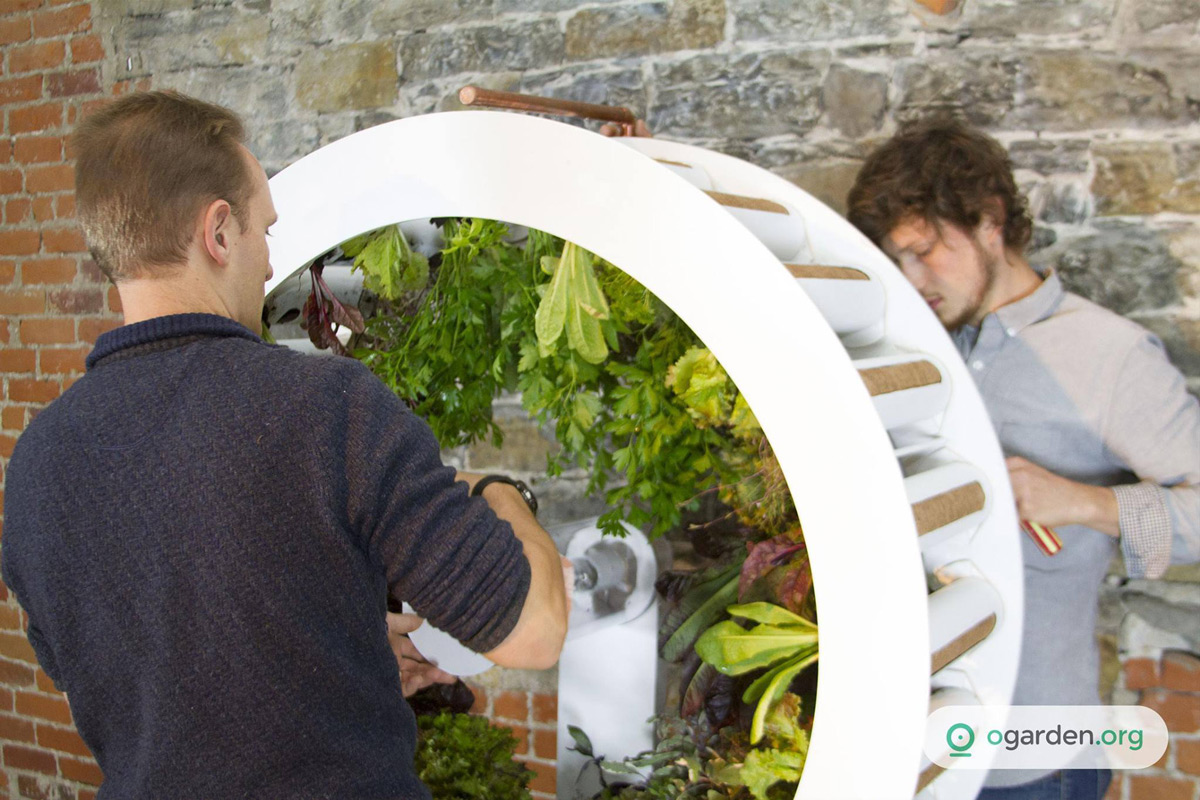
Below is a video of the O Garden working it’s magic!
This device lets you grow vegetables from home
This device lets you grow vegetables from home
Posted by YOO on Monday, July 17, 2017
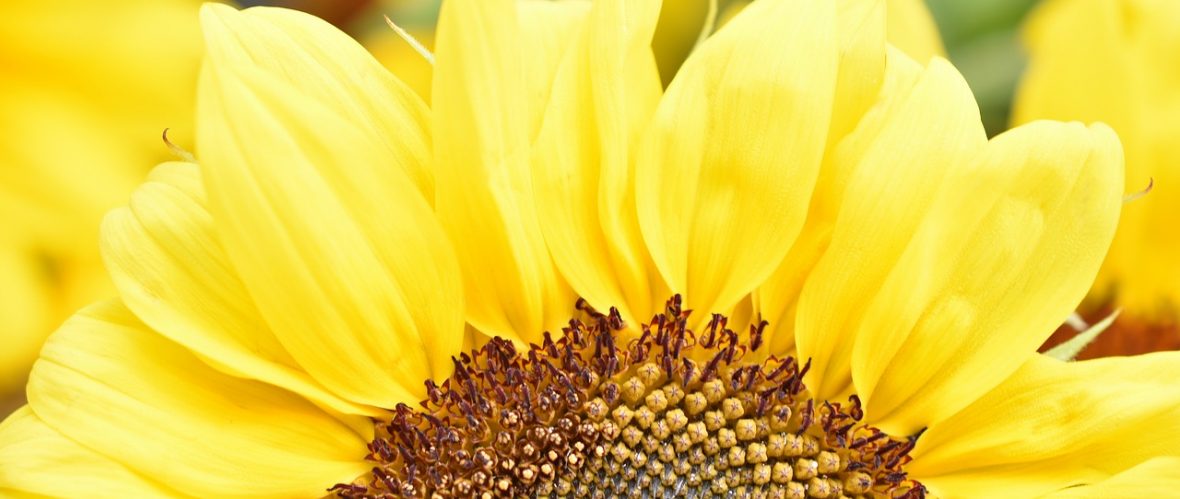
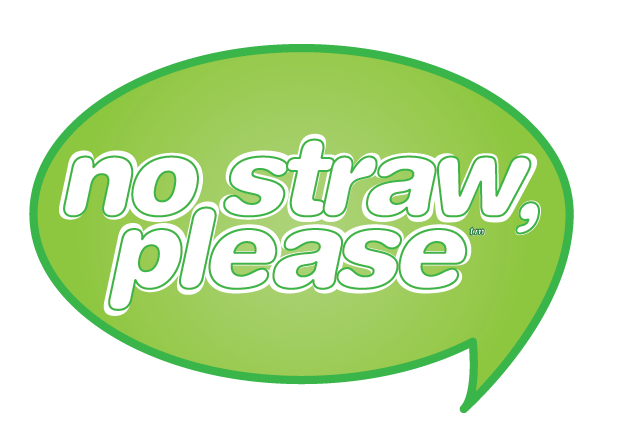




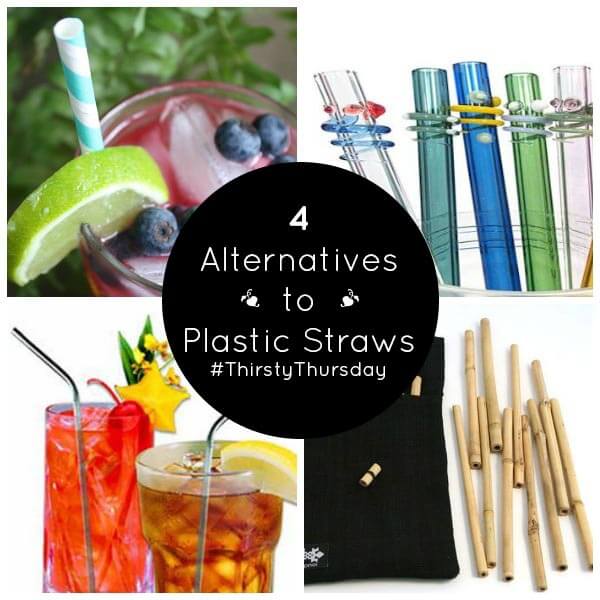
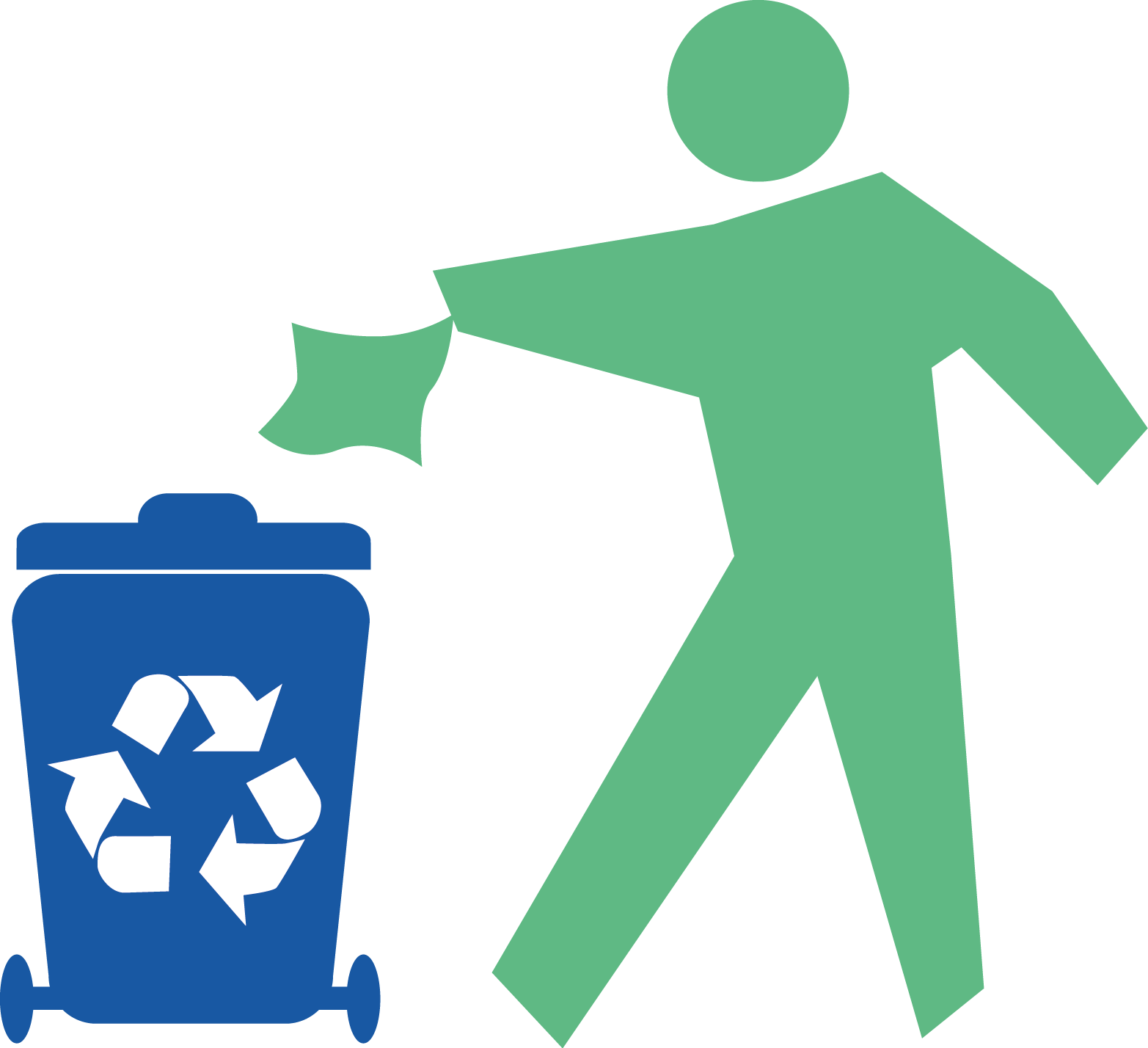
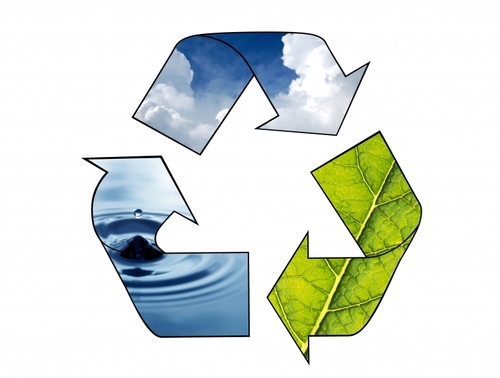

 This means during the week you continue to follow through with not eating meat but on the weekends you are allowed to have meat. This still follows my same values. You are still helping the environment, you are reducing your meat consumption, and it is a lot more healthier than eating meat everyday. It is something I am going to think of. One top of that, I still do enjoy some meals that contain meat. That is why with the weekday veggie or once a month meat eater, you can still enjoy that. I also don’t like to be an inconvenience for people. Not everyone provides a veggie option.
This means during the week you continue to follow through with not eating meat but on the weekends you are allowed to have meat. This still follows my same values. You are still helping the environment, you are reducing your meat consumption, and it is a lot more healthier than eating meat everyday. It is something I am going to think of. One top of that, I still do enjoy some meals that contain meat. That is why with the weekday veggie or once a month meat eater, you can still enjoy that. I also don’t like to be an inconvenience for people. Not everyone provides a veggie option.
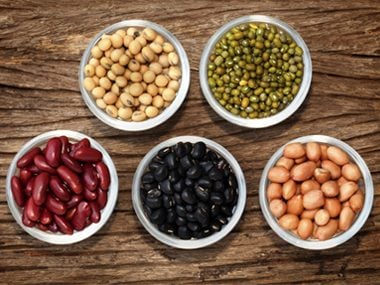

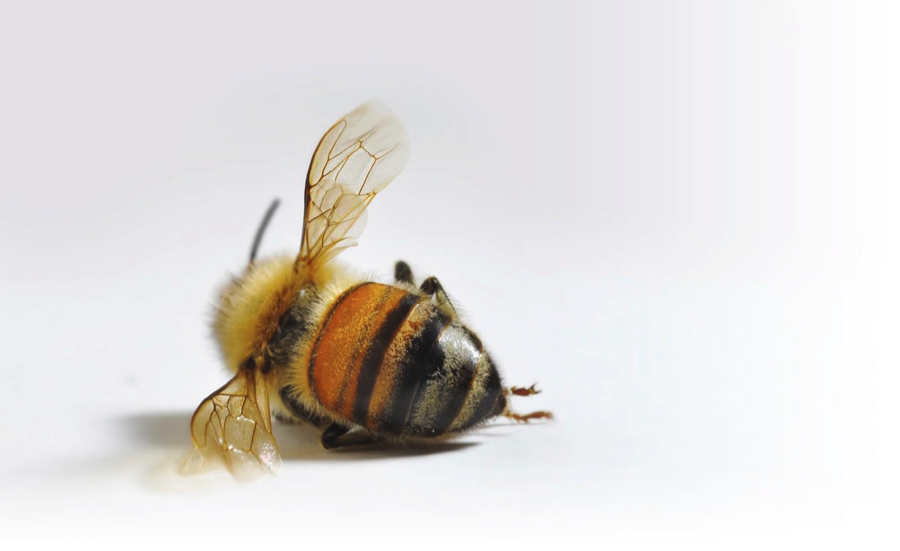 In US over these last 10 years, over 40% of the bee colonies have suffered Colony Collapse Disorder (CCD). CCD is caused by the increased usage of pesticides. This is a problem because we won’t survive without bees!
In US over these last 10 years, over 40% of the bee colonies have suffered Colony Collapse Disorder (CCD). CCD is caused by the increased usage of pesticides. This is a problem because we won’t survive without bees!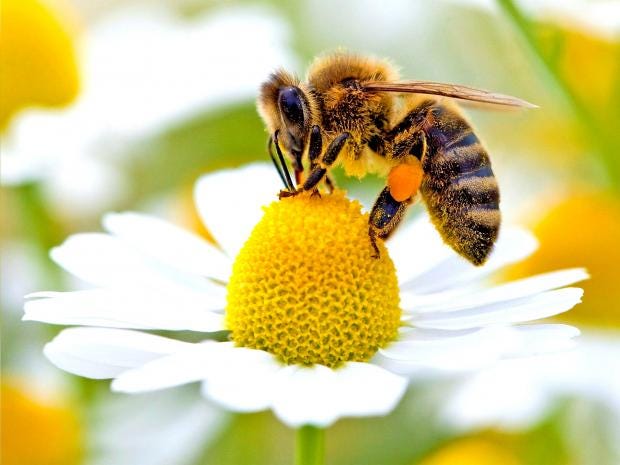


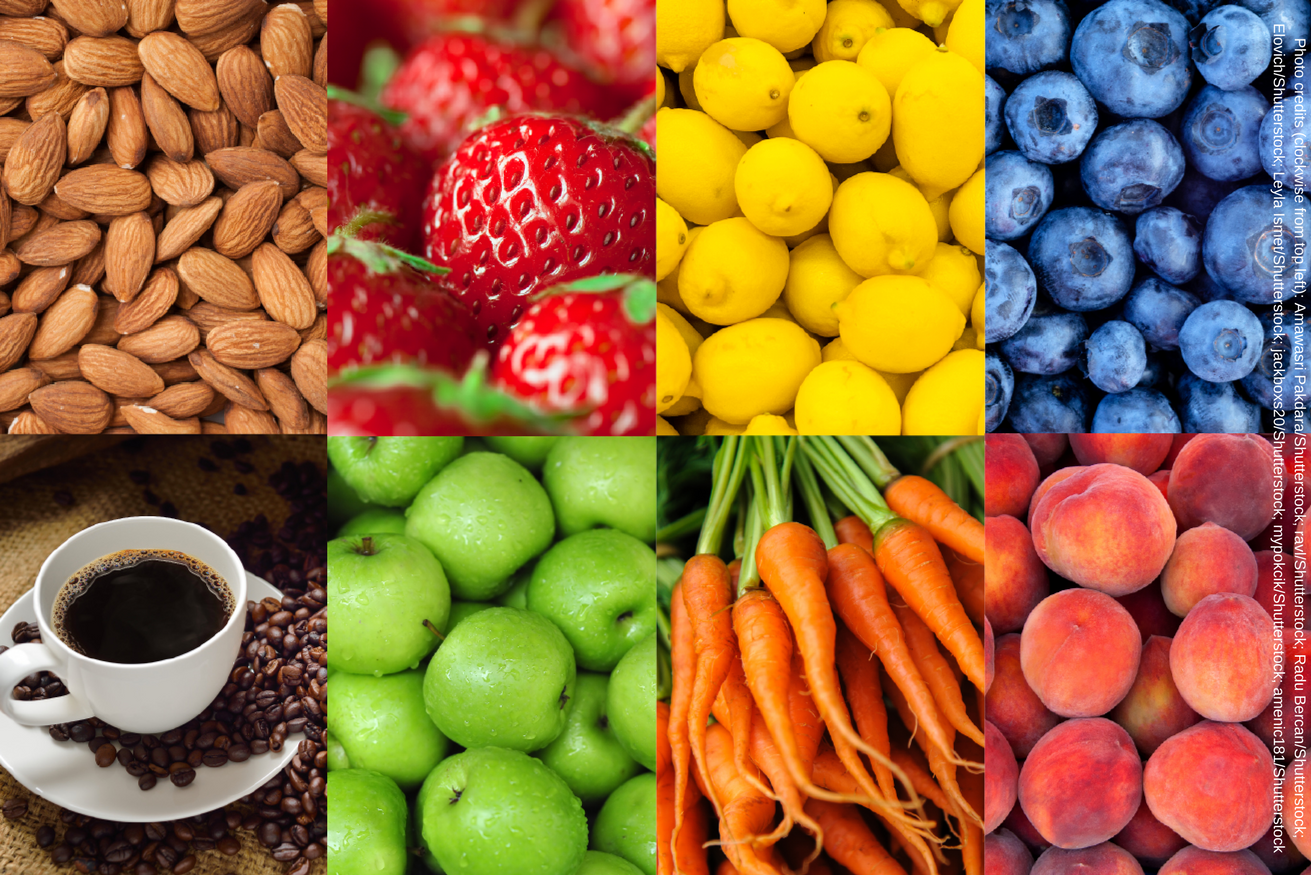
 Elderberries
Elderberries

